First impressions
We landed in the hazy fog of Mumbai on a December morning, a common sight during the winter months. This haze, caused by cooler temperatures, high humidity, and calm winds, is indeed fog—not smog, as the traffic might make you believe.
Mumbai overwhelms the senses with its strong smells—both pleasant, like incense and fragrant curries, and unpleasant, like mothballs and the ever-present street rubbish. Apparently, in recent years, Mumbai has got a lot cleaner, but that feels hard to believe at times!
There is striking colonial architecture alongside ramshackle, makeshift stalls, shacks and structures. There are colourful fabrics, vibrant Bollywood film shoots, and the vivid contrast of rich and poor, all living alongside each other.
The Sounds of Mumbai
The soundtrack of the city is LOUD.
The first thing you’ll notice is the unrelenting traffic, punctuated by constant honking, as if every driver’s hand is permanently on the horn.
“Beep beep” means “watch out”, “I want to come past”, “I’m coming through!”, “thank you” - and any other permutation! The driving isn’t aggressive though and drivers are, for the most part, pretty calm. I think you’d need the patience of a saint to drive in that traffic all day - even a short journey seemed stressful to me as a passenger - yet by road is the most common way to get around. It may be somewhat slow and noisy, but it moves and people get to where they need to be.
Because of the traffic, it’s really hectic as a pedestrian and walking around the city is quite exhausting. Crossing roads means waiting for streams of honking vehicles to make way, and then navigating the throngs of pedestrians and street vendors.
Exploring Iconic Landmarks
We walked from our hotel in the Fort area to the Gateway of India, where a huge number of people congregated for photos, ferries and more.
Marine Drive is a three-kilometre-long promenade, lined with palm trees, that curves along the bay. A gentle sea breeze provides relief from the heat. People come here to hang out on the seafront - it’s the place to be seen if you’re a Mumbaiker, especially as the sun goes down.
Bollywood in Action
We came across some Bollywood filming in the streets surrounding our hotel. It’s a common sight, and streets in the city can suddenly be closed to traffic and transformed into a film set. We were lucky enough to catch some of the action, but there can be a lot of waiting around for something to happen.
In the footsteps of Shantaram
Leopold Cafe, established in 1871, was immortalised in Shantaram, Gregory David Roberts' novel based on his life story. Understandably, it is very popular with tourists now, and a far cry from how it was depicted in the book, but it was still fun to stop there for a drink.
Touring the Slums
On our second (and last) day in Mumbai, we booked a slum tour.
Dharavi Slum is biggest in Mumbai with an estimated 1 million people currently living there (the exact number fluctuates due to the transient nature of the accommodation and the lack of precise census data). However, we visited Ganesh Murti Nagar Slum, in Colaba. This is the slum where Gufran, our tour guide, lives, and also, the slum where much of the book, Shantaram, was set. With approximately 70,000 residents, it’s smaller than Dharavi but equally bustling.
Gufran picked us up in his car—fondly referred to as his “Slum-borghini” - and gave us a tour of the area, including a stop for chai, Sassoon Docks fish market in Colaba (where many of the slum residents work) and Dhobi Ghat, the world's largest outdoor laundry, which provides services to businesses all across Mumbai - washing over 100,000 items every day - and jobs to many of the residents.
While people live in cramped conditions, the slums are hubs of commerce and industry, with a high employment rate, and slum dwellers making up a large share of the informal workforce in Mumbai.
Residents understandably prefer the term “communities” over “slums,” as the latter carries a derogatory connotation.
If you want to visit the slum it is essential you visit with a guide, primarily so you don’t get lost - an inevitability amongst the narrow lanes!
Gufran was our tour guide and he runs a number of tours across Mumbai, including sightseeing tours, Dharavi Slum tours, and dabbawalas tours. (Dabbawalas are responsible for collecting, delivering and returning thousands of lunchboxes (from homes and restaurants) to workers across Mumbai, and famously - and somewhat miraculously - the lunchboxes never get lost or delivered to the wrong person. If you haven’t seen the film The Lunchbox, then I heartily recommend it, although the premise of the film is a lunchbox being delivered to the wrong person, which is not typical (though it makes for a better film plot!).
You can contact Gufran and his company, The Mumbai Eye, here.
Supporting the Community
He also runs an NGO, Slumcare Foundation, which provides free education to children in the slum communities. We visited his school as part of our tour and heard more about his program and his vision to help children thrive and escape a life of poverty.
If you would like to support Slumcare Foundation, you can find out more here.
Although we only scratched the surface of Mumbai, it offered a glimpse into this bustling megacity and left me eager to return.
If my journey through Mumbai has inspired you, I’d love to help you plan your own adventure. As a certified independent travel agent, I can craft a personalised itinerary using my travel expertise—all at no extra cost to you. Let me turn your travel dreams into reality!




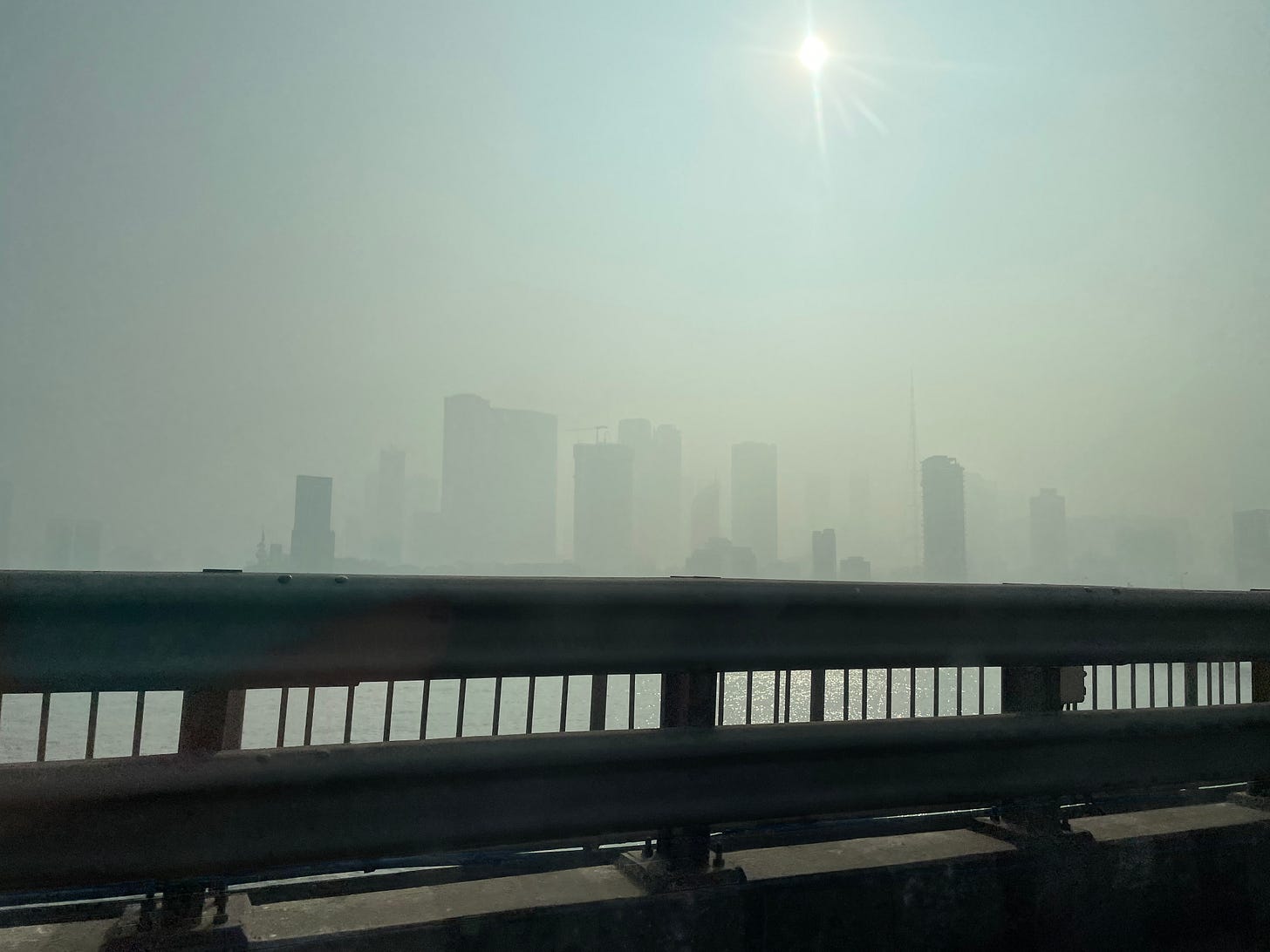
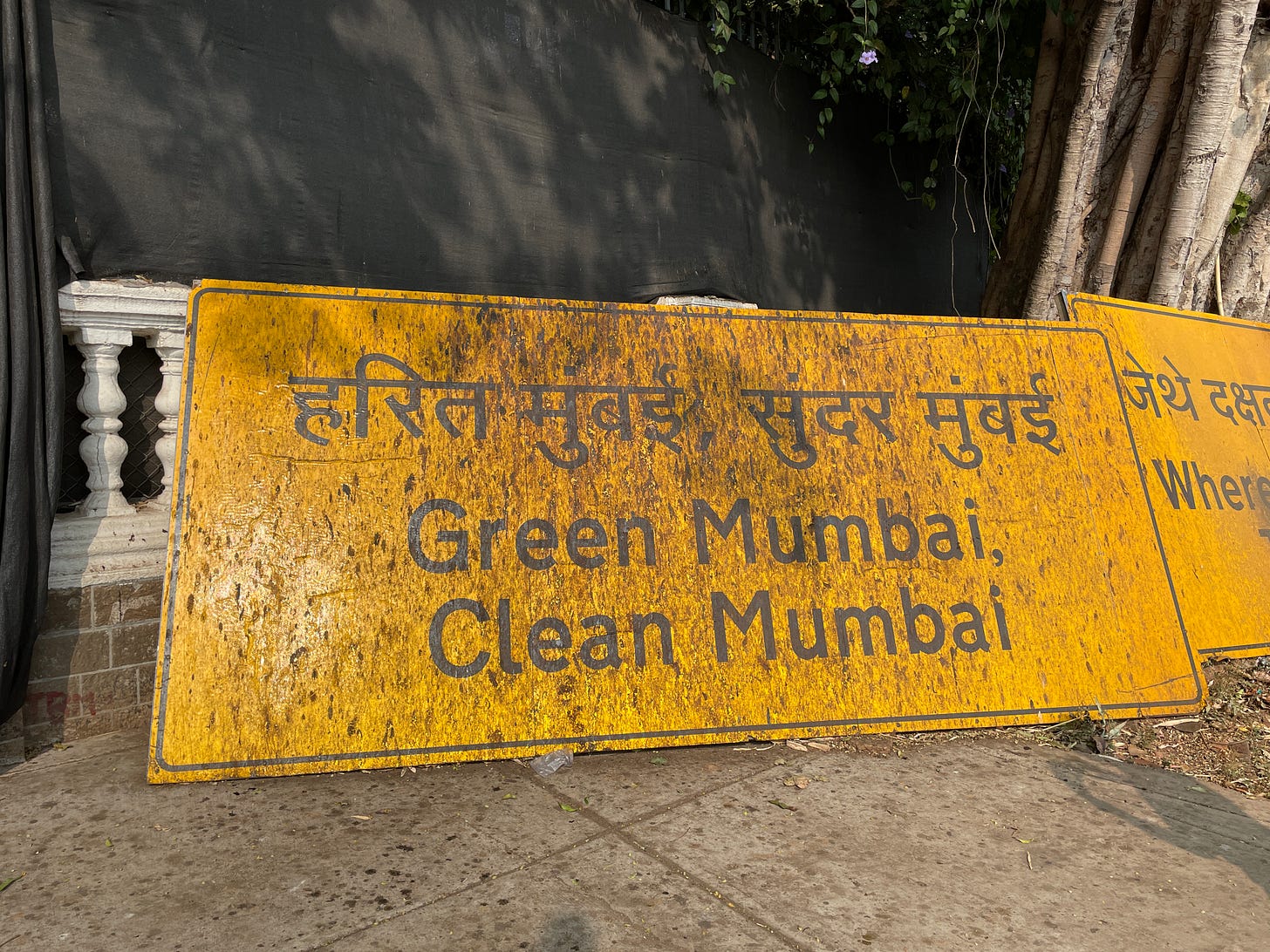
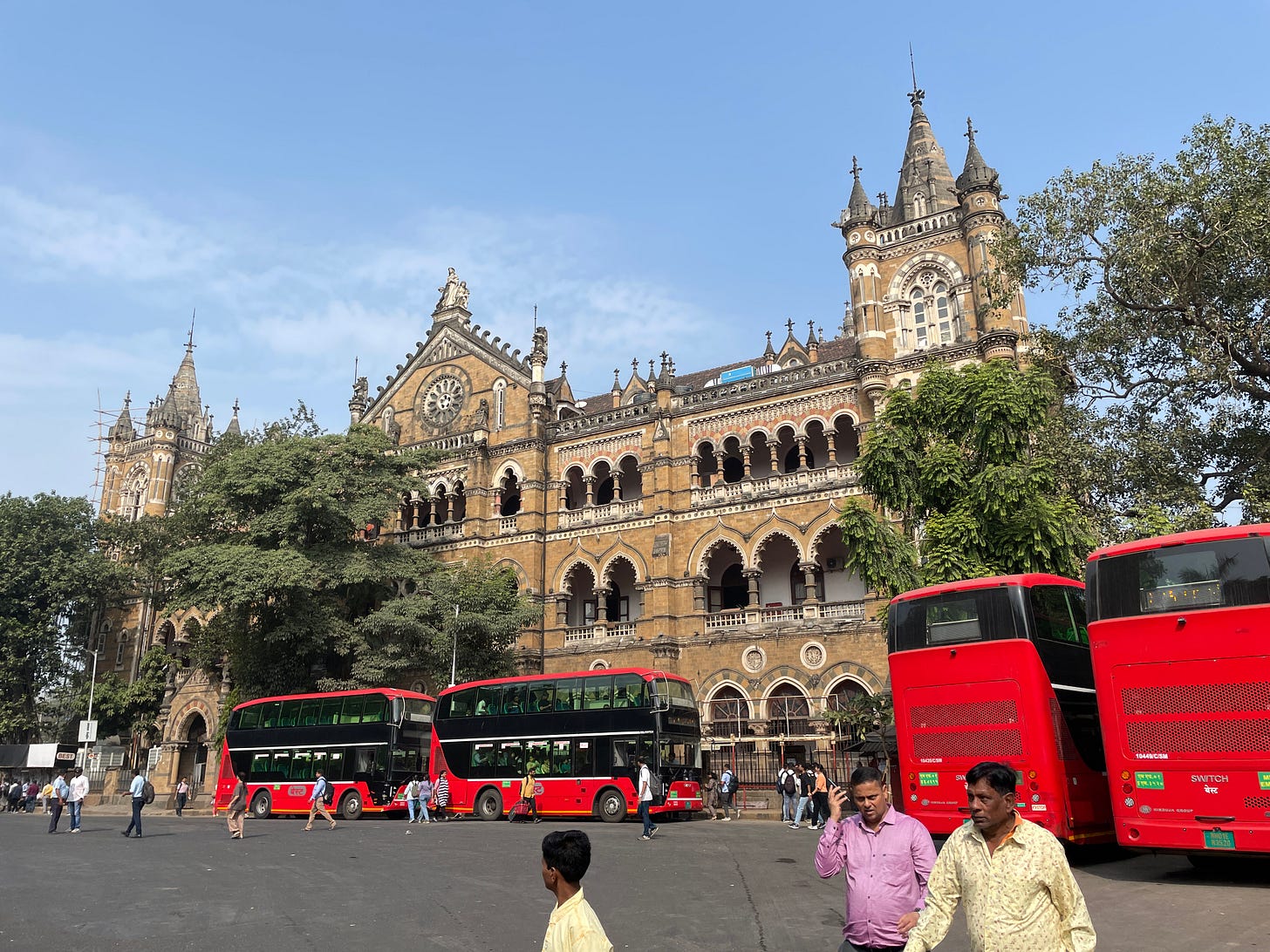
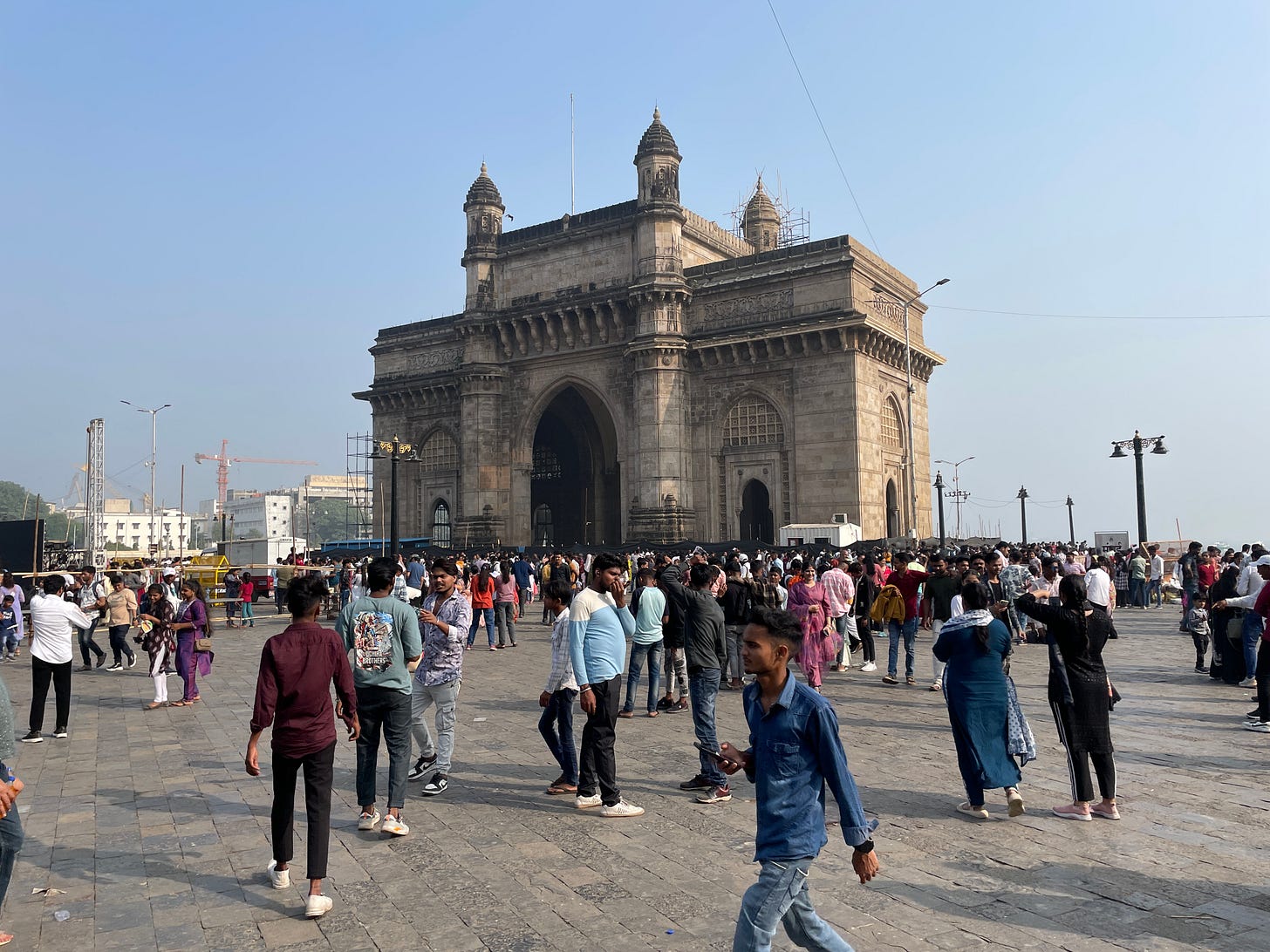
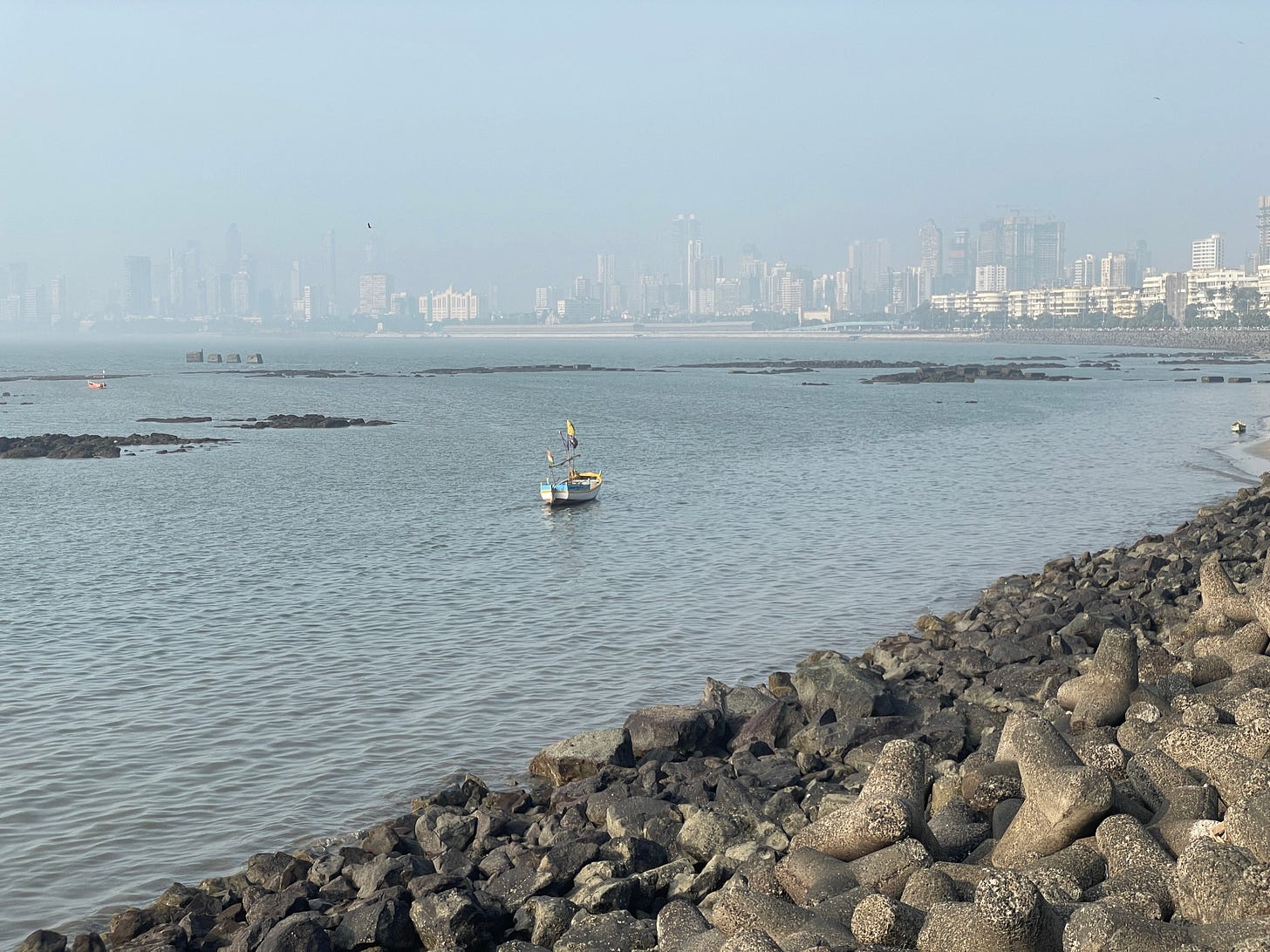
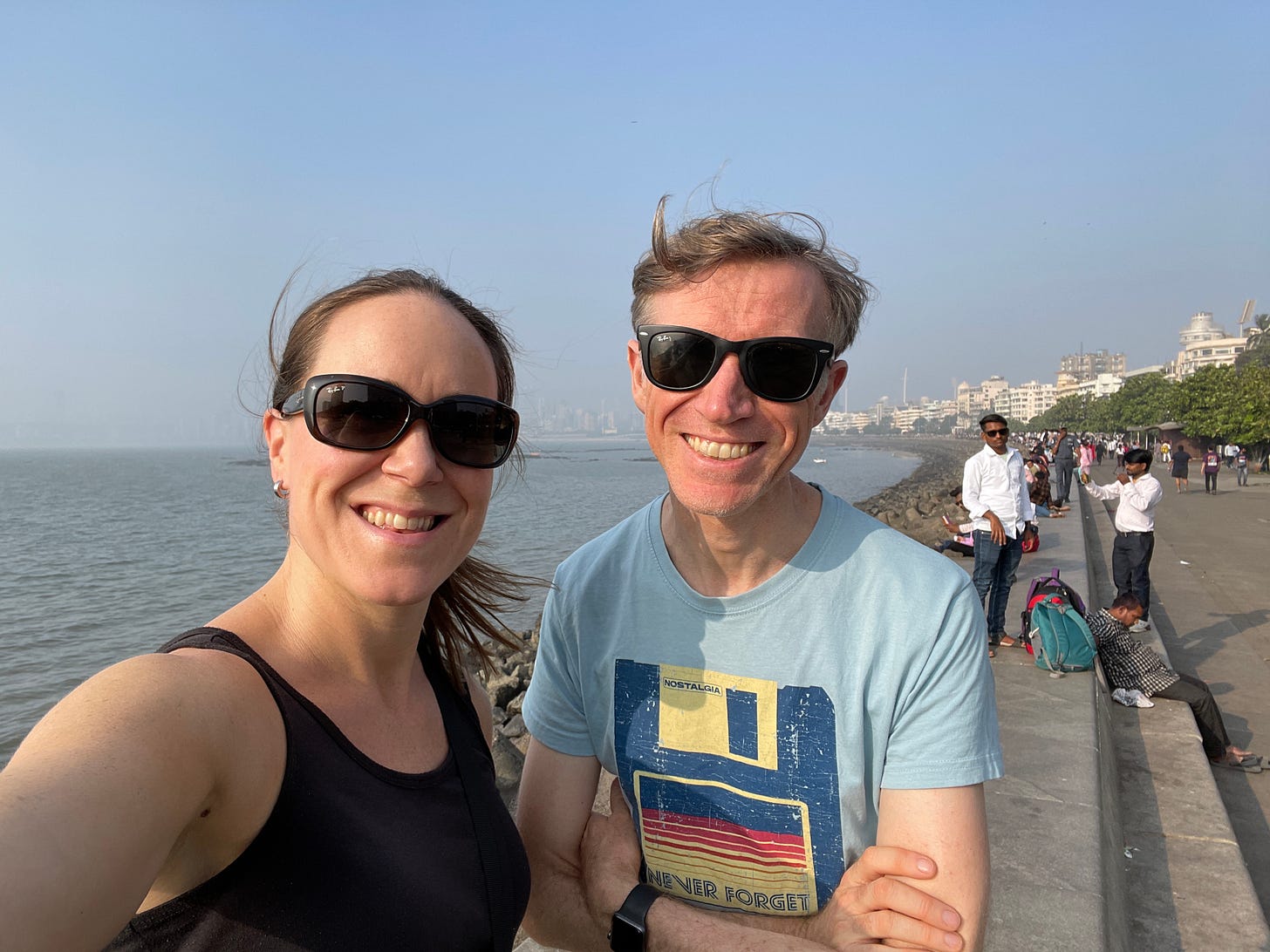
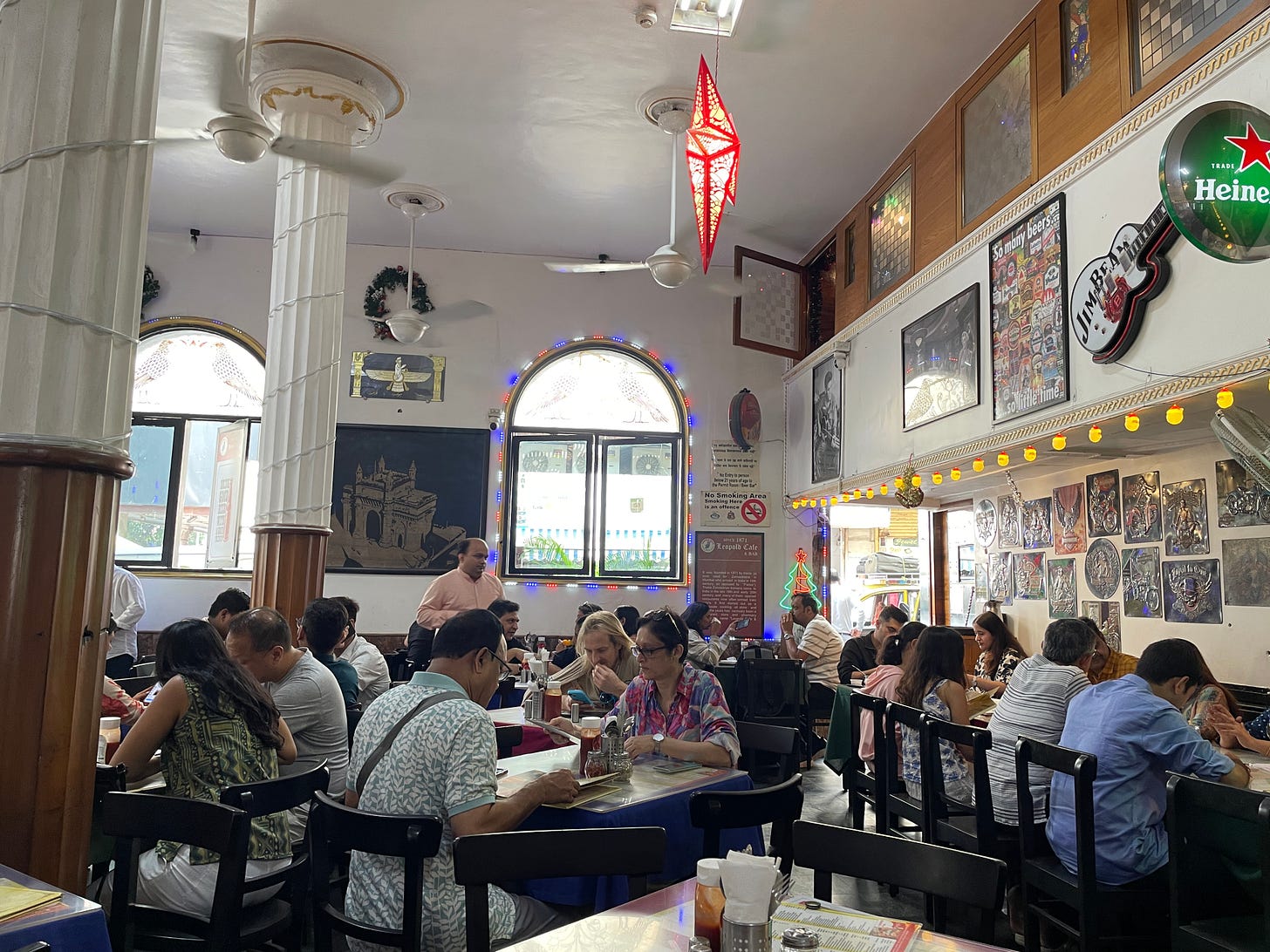
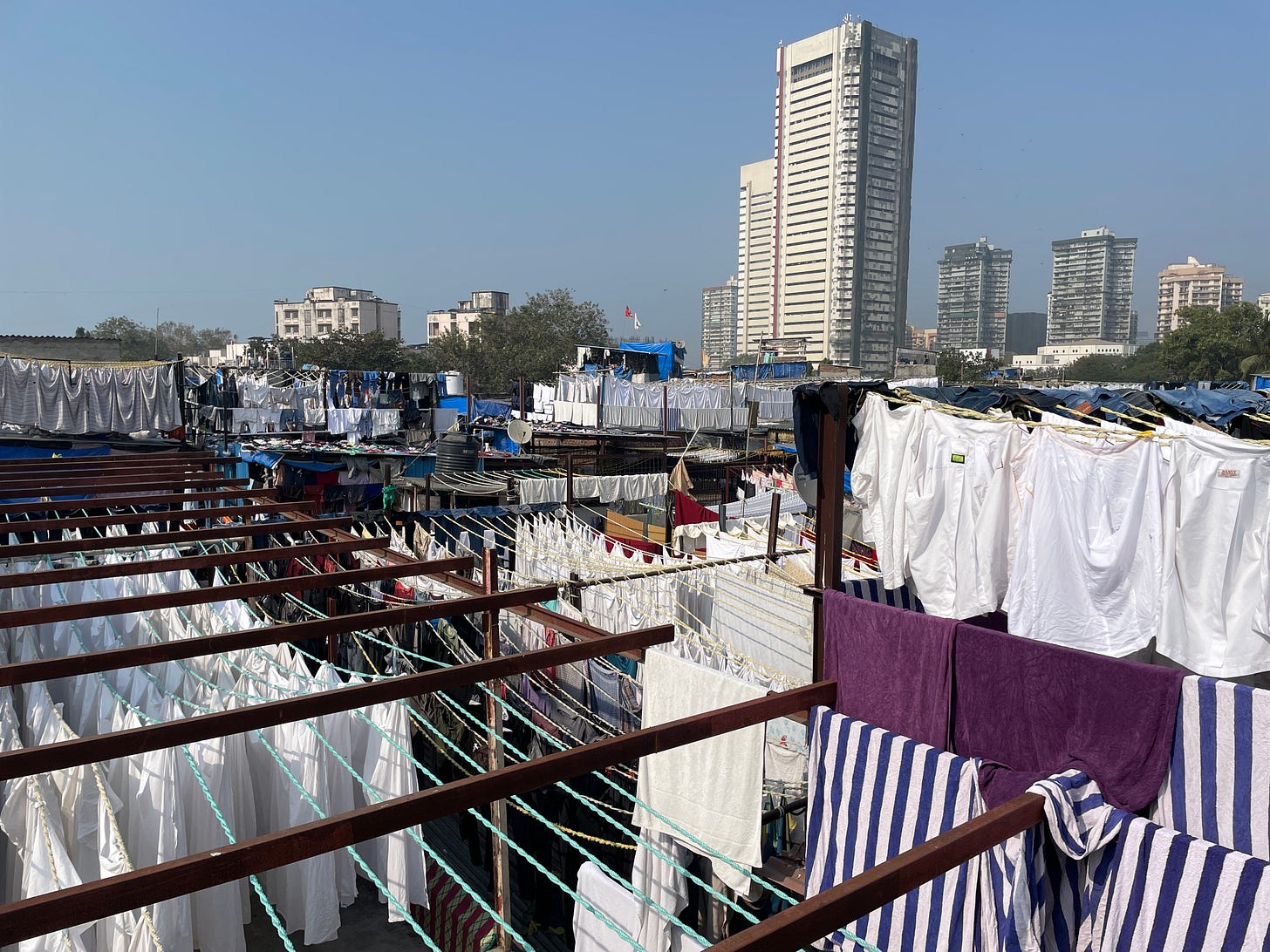
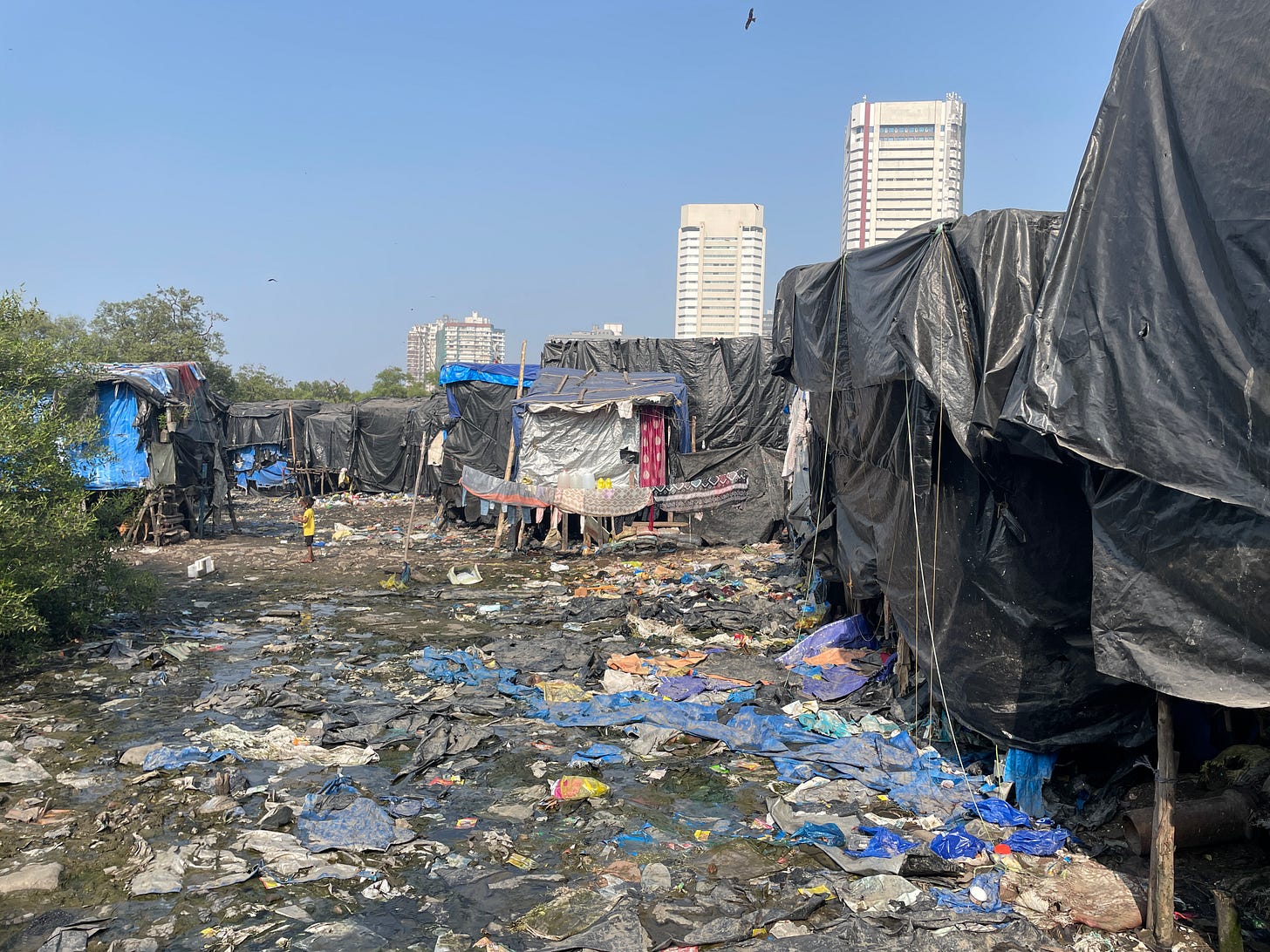
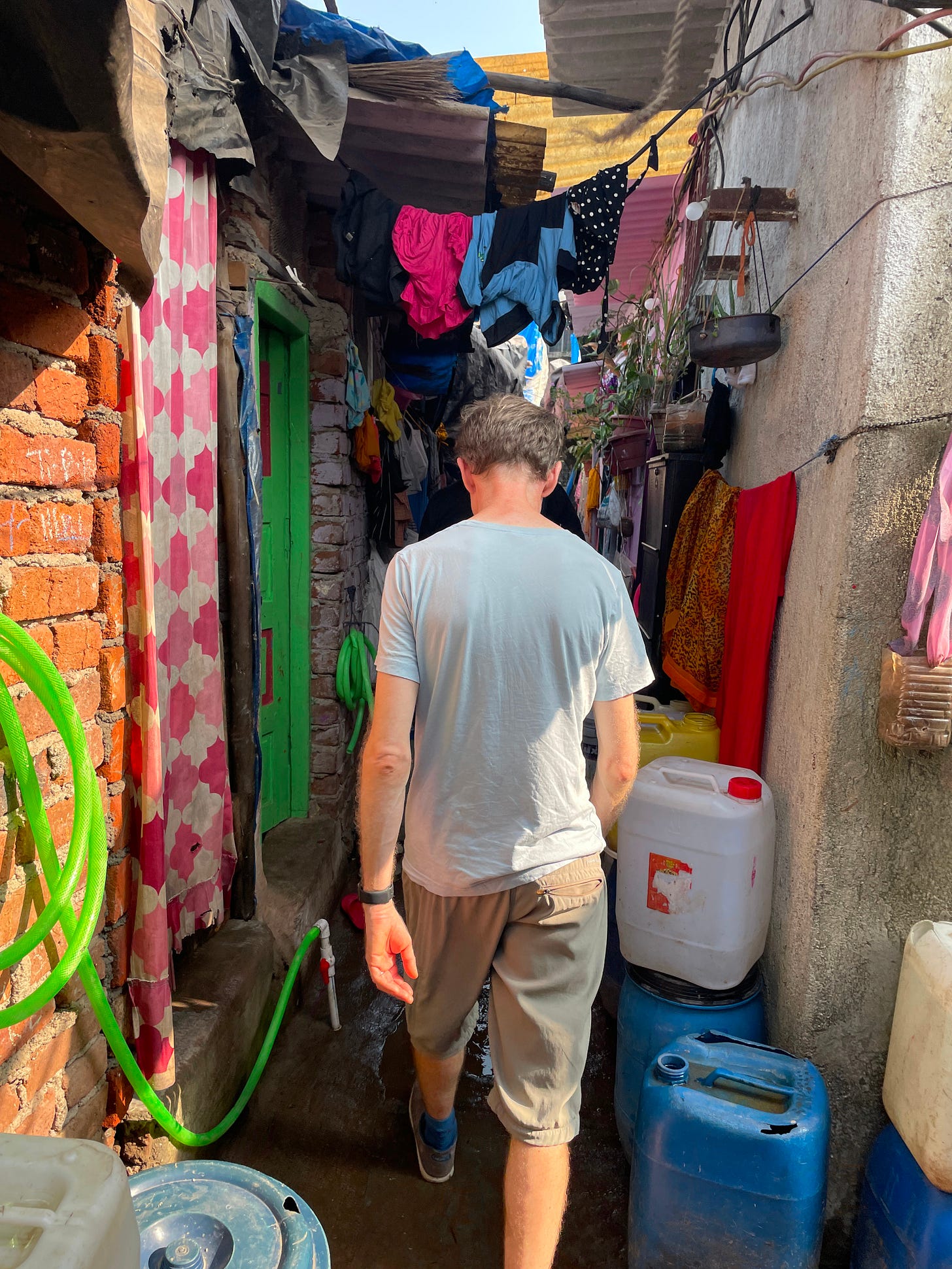
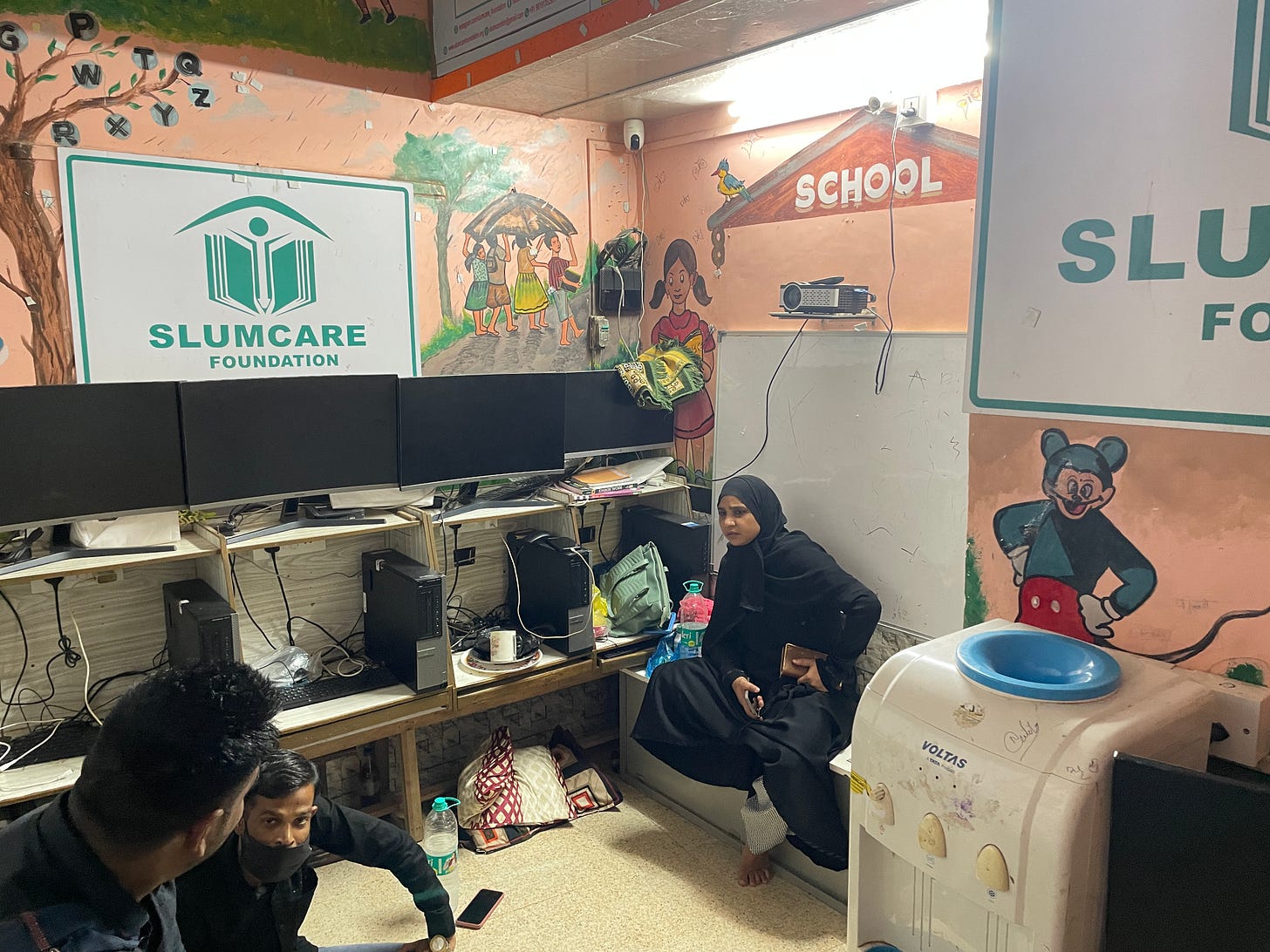
Absolutely fascinating insight into a different lifestyle and the huge diversity of the vast population living in Mumbai. Really enjoyed this . Brought back memories of an amazing visit I experienced to Delhi . I never get over the constant piles of litter strewn everywhere, of which locals seem to be oblivious. Can’t fail to be impressed by incredible historic buildings and liveliness of the people . Rich colours and noise which this blog captures along with useful information and tips for fellow travellers.